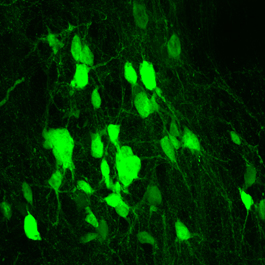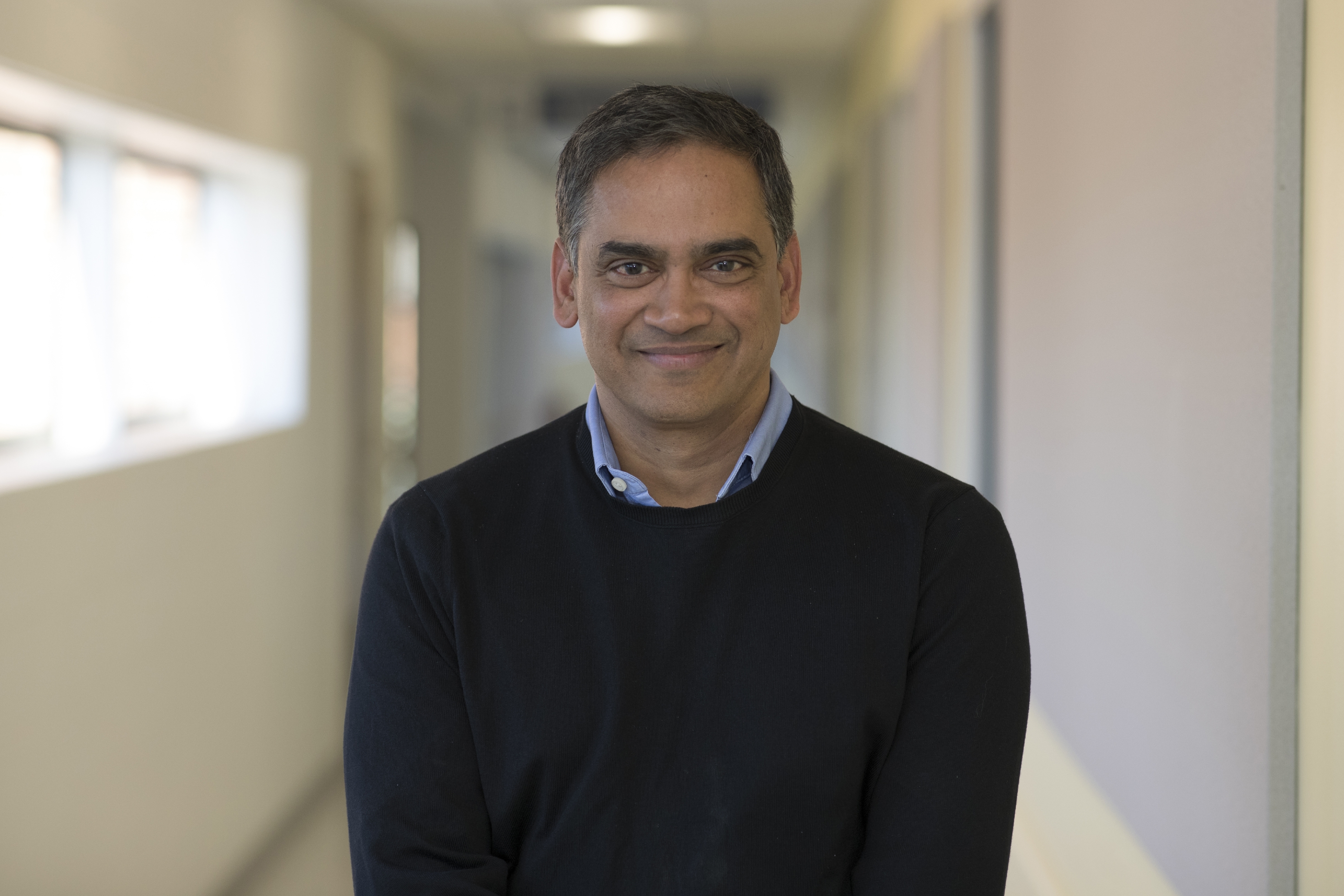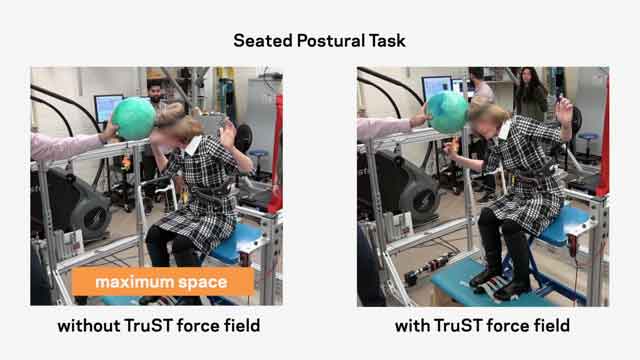Nerve pathways in the spinal cord can be damaged or severed after an accident or serious injury, a condition known as paraplegia. Depending on where the injury is located, different parts of the body may be affected by deficits or paralysis.
Tag: Spinal Cord Injuries
Immune system discovery could benefit spinal cord injuries
New research suggests that the immune system’s ability to respond to spinal cord injuries diminishes with age – and identifies potential avenues to improve that response and help patients heal.
Stem Cell Grafts and Rehabilitation Combined Boost Spinal Cord Injury Results
In animal models, UC San Diego researchers found that intensive physical therapy in tandem with implanted neural stem cells increased tissue growth, repair and functionality in spinal cord injuries more than those treatments alone
Scientists develop blueprint for turning stem cells into sensory interneurons
Key takeaways:
• Just like the real thing. The stem cell–derived interneurons, which play a role in sensations like touch and pain, are indistinguishable from their real-life counterparts in the body.
• Tomorrow’s therapies. In addition to potential treatments for injury-related sensation loss, the discovery could lead to new methods for screening drugs for chronic pain.
• Moving forward. While stem cells from mice were used in the research, scientists are now working to replicate the findings with human cells.
Brain Cell Activity Plays Critical Role in CNS Disorder Outcomes
Investigators at Cedars-Sinai have comprehensively mapped molecular activity in the brain and spinal cord that is responsible for regulating the body’s response to central nervous system (CNS) disorders such as Alzheimer’s, Huntington’s disease and spinal cord injuries.

Putting A Protein Into Overdrive to Heal Spinal Cord Injuries
Using genetic engineering, researchers at UT Southwestern and Indiana University have reprogrammed scar-forming cells in mouse spinal cords to create new nerve cells, spurring recovery after spinal cord injury. The findings, published online today in Cell Stem Cell, could offer hope for the hundreds of thousands of people worldwide who suffer a spinal cord injury each year.

Spinal cord injuries: Scientists probe individual cells to find better treatments
Two top scientists are seeking answers to questions about spinal cord injuries that have long frustrated the development of effective treatments.
Spinal Cord Injury Increases Risk for Mental Health Disorders
A new study finds adults with traumatic spinal cord injury are at an increased risk of developing mental health disorders and secondary chronic diseases compared to adults without the condition.

Robotic Trunk Support Assists Those with Spinal Cord Injury
A Columbia Engineering team has invented a robotic device—the Trunk-Support Trainer (TruST)—that can be used to assist and train people with spinal cord injuries (SCIs) to sit more stably by improving their trunk control, and thus gain an expanded active sitting workspace without falling over or using their hands to balance. The study is the first to measure and define the sitting workspace of patients with SCI based on their active trunk control.